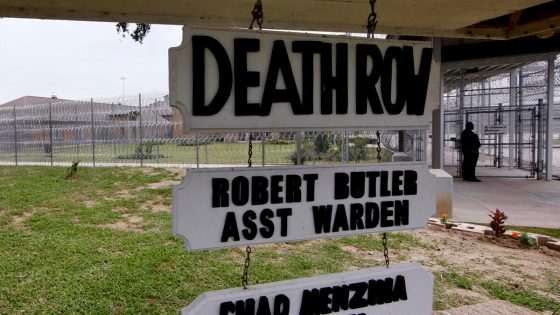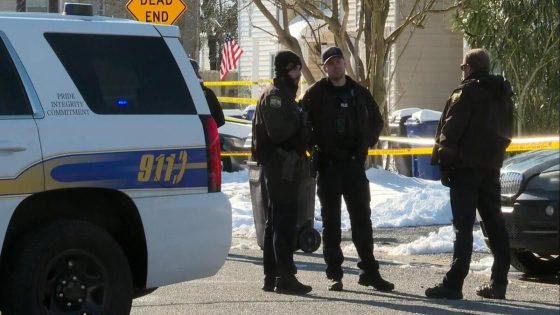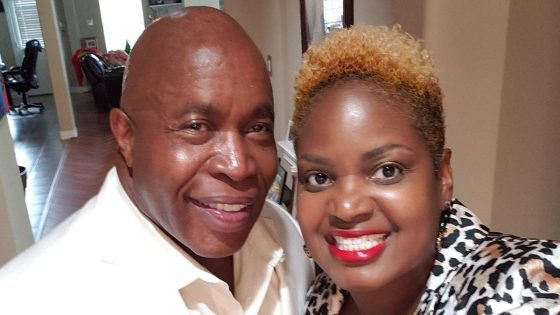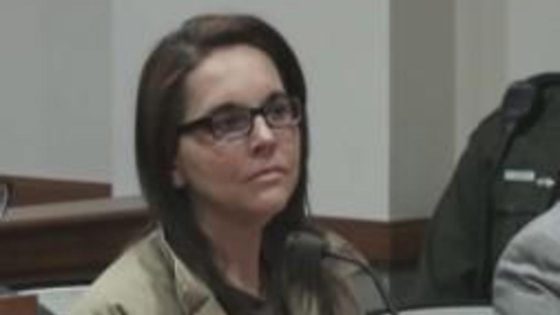A somber chapter in Louisiana’s criminal justice system unfolded on Saturday when Christopher Sepulvado, an 81-year-old man who spent over three decades on death row, died in the infirmary of the Louisiana State Penitentiary in Angola. Sepulvado’s passing came just days before he was set to face execution by nitrogen gas, a method recently adopted by the state after a 15-year hiatus in executions. His death, attributed to natural causes stemming from pre-existing medical conditions, raises complex questions about the death penalty and the political machinations surrounding it.
- Christopher Sepulvado died from natural causes.
- He was the oldest inmate on death row.
- Sepulvado was convicted for murdering his stepson.
- Louisiana planned to resume executions after 15 years.
- Attorney General emphasized need for justice.
- Nitrogen gas execution method recently implemented.
Sepulvado was sentenced to death in 1994 for the brutal murder of his six-year-old stepson, Gabriel. The crime, which horrified the state, involved Sepulvado hitting the boy with a screwdriver and subjecting him to scalding water. According to court documents, the crime was triggered by the boy returning home with soiled underwear. Local authorities charged Sepulvado after a thorough and harrowing investigation, which culminated in his conviction. Despite a conviction that drew national attention, the execution process for Sepulvado dragged on for years, caught up in a web of legal challenges and ethical debates surrounding capital punishment.
His attorney, federal public defender Shawn Nolan, commented poignantly on Sepulvado’s death, stating, “Christopher Sepulvado’s death overnight in the prison infirmary is a sad comment on the state of the death penalty in Louisiana.” Nolan highlighted the barbaric notion that the state had planned to execute a frail, terminally ill man, calling the process inhumane. Doctors had recently determined Sepulvado was suffering from terminal illnesses and had recommended hospice care. Nolan noted a significant decline in Sepulvado’s physical and cognitive health over the years.
As Sepulvado faced his grim fate, calls for justice echoed from various corners of Louisiana’s political landscape. Attorney General Liz Murrill expressed a sense of urgency, stating, “justice should have been delivered long ago for the heinous act of brutally beating then scalding to death a defenseless six-year-old boy.” Such sentiments highlight the intricate web of justice, morality, and legality that has surrounded capital punishment in the state.
The backdrop to Sepulvado’s case is one of a shifting landscape regarding execution methods in Louisiana. Earlier this month, state officials announced they would resume executions, prompted by changes in legislation that expanded execution methods to include nitrogen gas, alongside lethal injection and electrocution. This move is part of a broader effort by Governor Jeff Landry and a Republican-majority legislature to revitalize a stagnant death penalty system. The prospect of nitrogen gas executions has raised public concern and ethical dilemmas regarding its application, especially in light of Sepulvado’s deteriorating health.
In the days leading to his death, Sepulvado’s health was rapidly declining; conditions such as chronic obstructive pulmonary disease (COPD) and a leg amputation due to gangrene affected his quality of life profoundly. Nolan revealed that Sepulvado had recently undergone surgery in New Orleans before being returned to prison, where his health took a drastic turn for the worse.
As news of Sepulvado’s death spread, reactions poured in, reflecting a mix of relief, sorrow, and frustration over how the case unfolded. Advocates against the death penalty have pointed to Sepulvado’s case as a significant example of the failings of capital punishment, arguing that it illustrates not just a failure to deliver justice, but also a broader moral crisis contained within the justice system.
Moving forward, the case of Christopher Sepulvado leaves a complicated legacy. Another condemned inmate, Jessie Hoffman, is slated for execution just a day after Sepulvado’s originally scheduled execution date. Hoffman’s own legal battles, which include challenging Louisiana’s lethal injection protocol, could impact future executions amid ongoing scrutiny of the state’s methods. The recent shift to include nitrogen gas has not only raised concerns among legal advocates but has also ignited debates about the ethical implications of such methods.
As Louisiana navigates this turbulent terrain of justice and morality, Sepulvado’s story remains a poignant reminder of the human costs associated with the death penalty—a narrative deeply etched into the fabric of state history, destined to echo in discussions about the future of capital punishment.
































![Binance Coin [BNB] Price Surge Ahead: Crucial Levels to Monitor Amid Market Shifts](https://news.faharas.net/wp-content/uploads/2025/02/Binance-Coin-BNB-Price-Surge-Ahead-Crucial-Levels-to-Monitor.webp.webp)